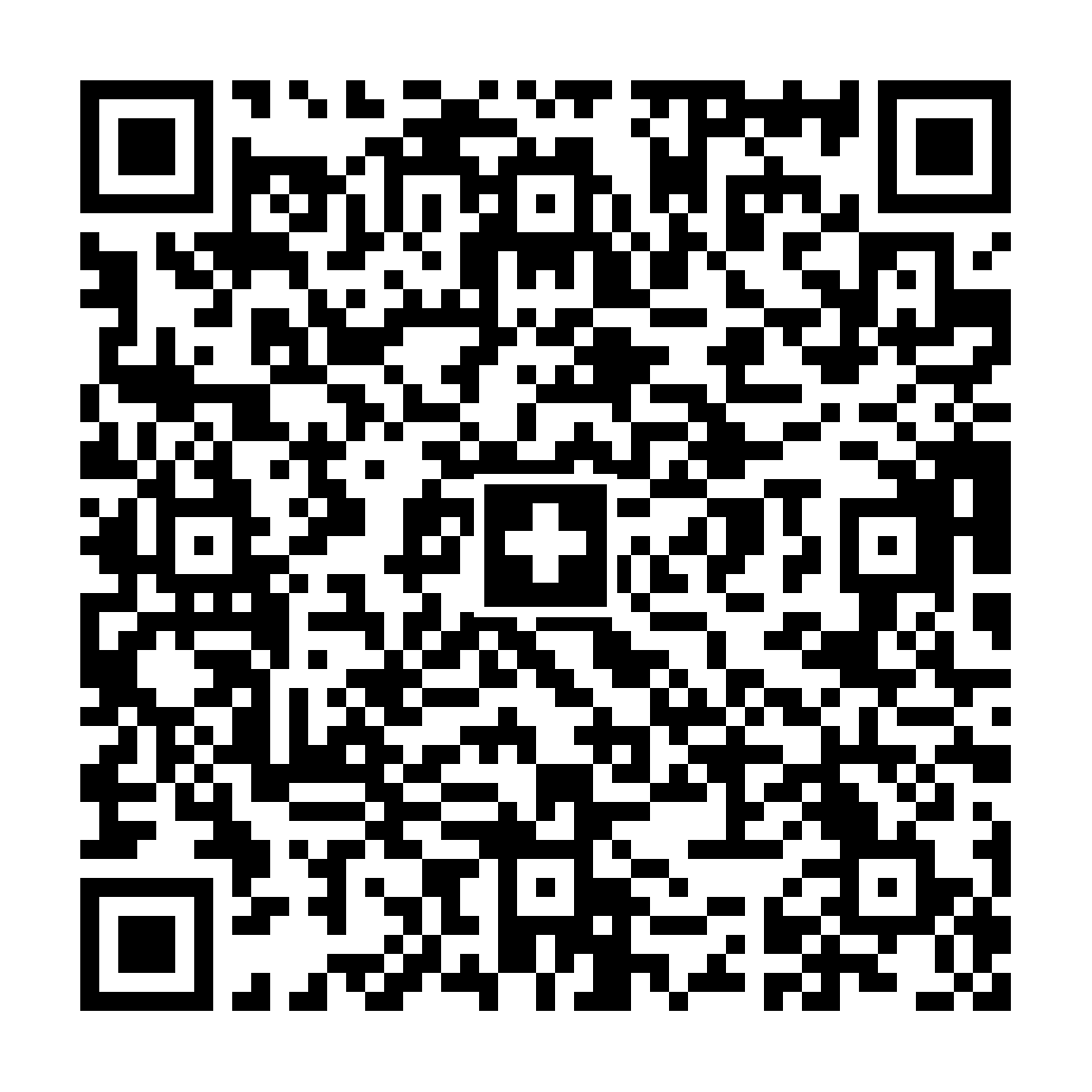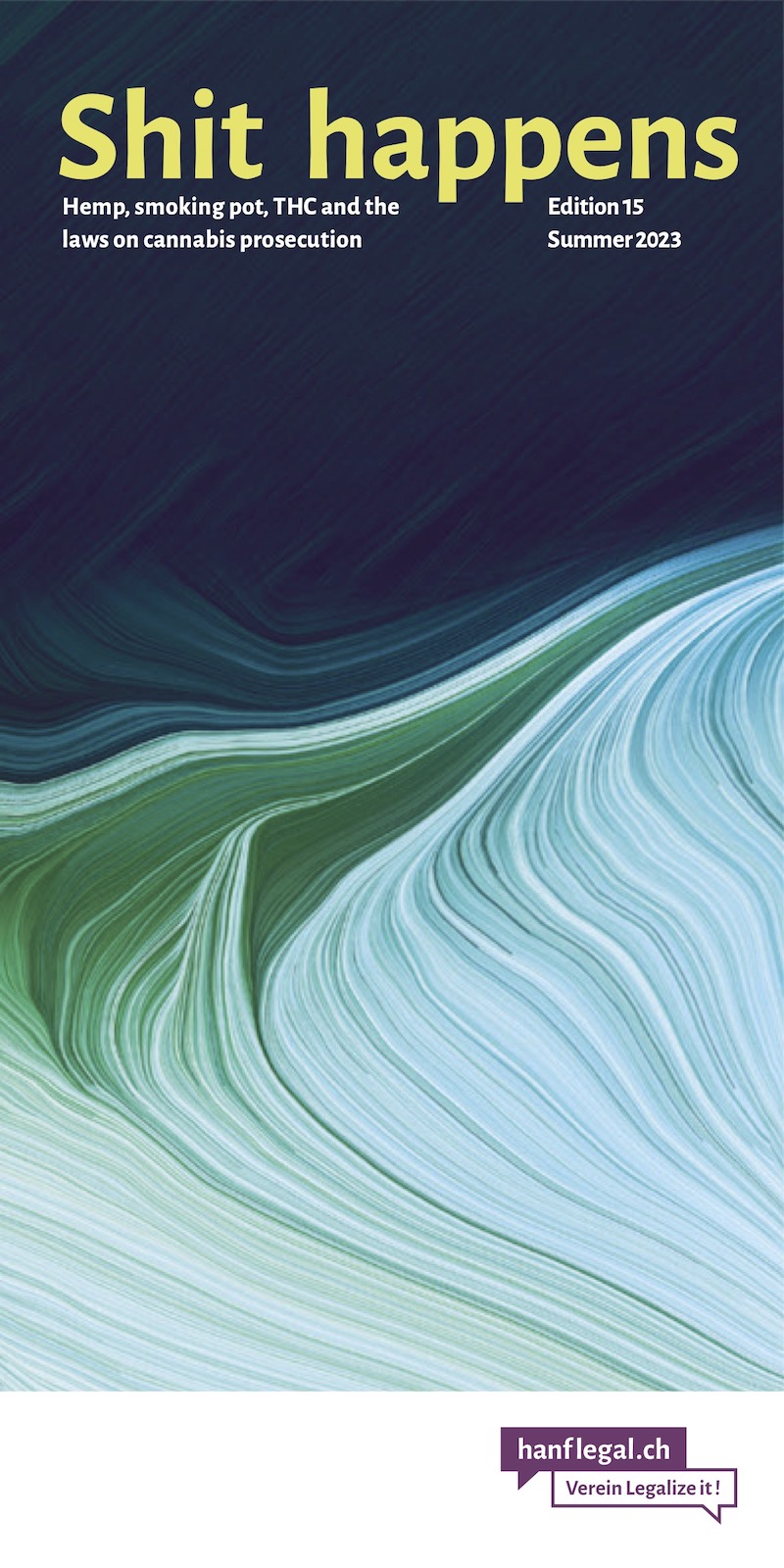- THC & Law:
Assessment of THC use: low-risk, high-risk, addictive?
We looked at the “National Strategy on Addiction” to assess the view of addiction professionals on THC use. While low-risk use requires no intervention, high-risk or even dependent use is to be curbed.
If cannabis is legalized in Switzerland at some point, this does not mean that there will then be no limits at all! As with other legal substances (alcohol, tobacco), there are behaviors that are socially accepted and those that are undesirable. In Switzerland, the FOPH has developed the “National Strategy on Addiction” (hanflegal.ch/nss) on behalf of the Federal Council, which was adopted by the Federal Council in November 2015 and has been concretized and implemented with many partners since 2017 until at least 2024. The goals of the National Strategy on Addiction include:
- Preventing the onset of problematic consumption
- Early support for people at risk
- Help for controlled consumption or quitting
We find it commendable that people who are unable to limit their consumption or change their behavior should also receive support for risk and harm reduction. But what risks are meant, and what is meant by “problematic consumption”?
The National Strategy on Addiction distinguishes patterns of consumption and behavior according to their intensity and the associated risks:
1. low-risk behavior (most users): there is no danger to oneself or others, often part of social coexistence.
2. high-risk behavior (sometimes also called “high-risk behavior” or “problematic consumption”, only some users): leads to physical, psychological or social problems or damage for the individual or his or her environment. Three patterns of behavior are distinguished here: a. Excessive behavior: excessive repetition or consumption of large amounts within a short period of time. (e.g., binge drinking). b. Chronic behavior: regularly occurring increased consumption over a longer period of time. c. Situationally-Inappropriate Behavior: Consumption in situations where it endangers oneself or others. This includes, for example, driving while intoxicated, consumption during pregnancy, at work/education or during sports, consumption in old age, being high at a job interview, gambling despite existing debt, mixed consumption of drugs and alcohol, consumption despite being underage or in the presence of minors.
3. addiction (sometimes called “dependent use”): compulsive behavior despite serious negative health and social consequences for the person concerned and his or her environment. Medically, a disease; in professional terms, it is referred to as substance abuse or dependence.
This distinction seems reasonable at first, but in reality one currently encounters much simpler regulations. In road traffic, already three times consumption per week justifies “suspicion of drug addiction” with harsh consequences (see hanflegal.ch/auto-driving)! Here we see a contradiction between the status quo and the declared goals of the National Strategy on Addiction. The association Legalize it! demands:
- That the specific impairment be examined rather than simply taking a THC detection limit.
- that the National Strategy on Addiction is implemented with regard to road traffic, i.e. nuanced perspectives and low-threshold help offers instead of expensive legal problems.
Especially when it comes to driver's licenses, we see that it is crucial who defines these categories and how, and what happens to people who end up in a “problematic” category. We have to keep an eye on this issue. Because legalization in Switzerland will probably be rather restrictive. Then it depends very much on which consumption patterns are considered low-risk and which behavior justifies state intervention.
The interpretation is not as tough everywhere as it is in road traffic. In order to distinguish between low-risk and high-risk consumption in numerical terms, the Swiss Monitoring System for Addiction and NCD (“MonAM”), for example, uses the 30-day prevalence. That is (quoting from the “MonAM indicator set”): “An internationally recognized threshold of high-risk cannabis use (leading indicator) is use on 20 or more days in the last 30 days (corresponds to EMCDDA standard, cf. Thanki/Vicente 2013).”
At safezone.ch you can take a self-test online to classify your consumption! This is much more nuanced and takes into account, for example, not only the frequency of use, but also the motives for use and your own attitude towards reducing use.
Support our work with a donation:
Bank transfer
Account number (IBAN):
CH02 0900 0000 8709 1354 3
Full account details
Or scan this QR code with your eBanking App (ZKB, Revolut, Postfinance, …):

Or open/share the QR code as PDF file with your eBanking App.
Credit card
Donate via credit card
Verein Legalize it!
Quellenstrasse 25
8005 Zürich
Threema ID 7NH65RBY
Don’t miss anything! Follow us on social media:
